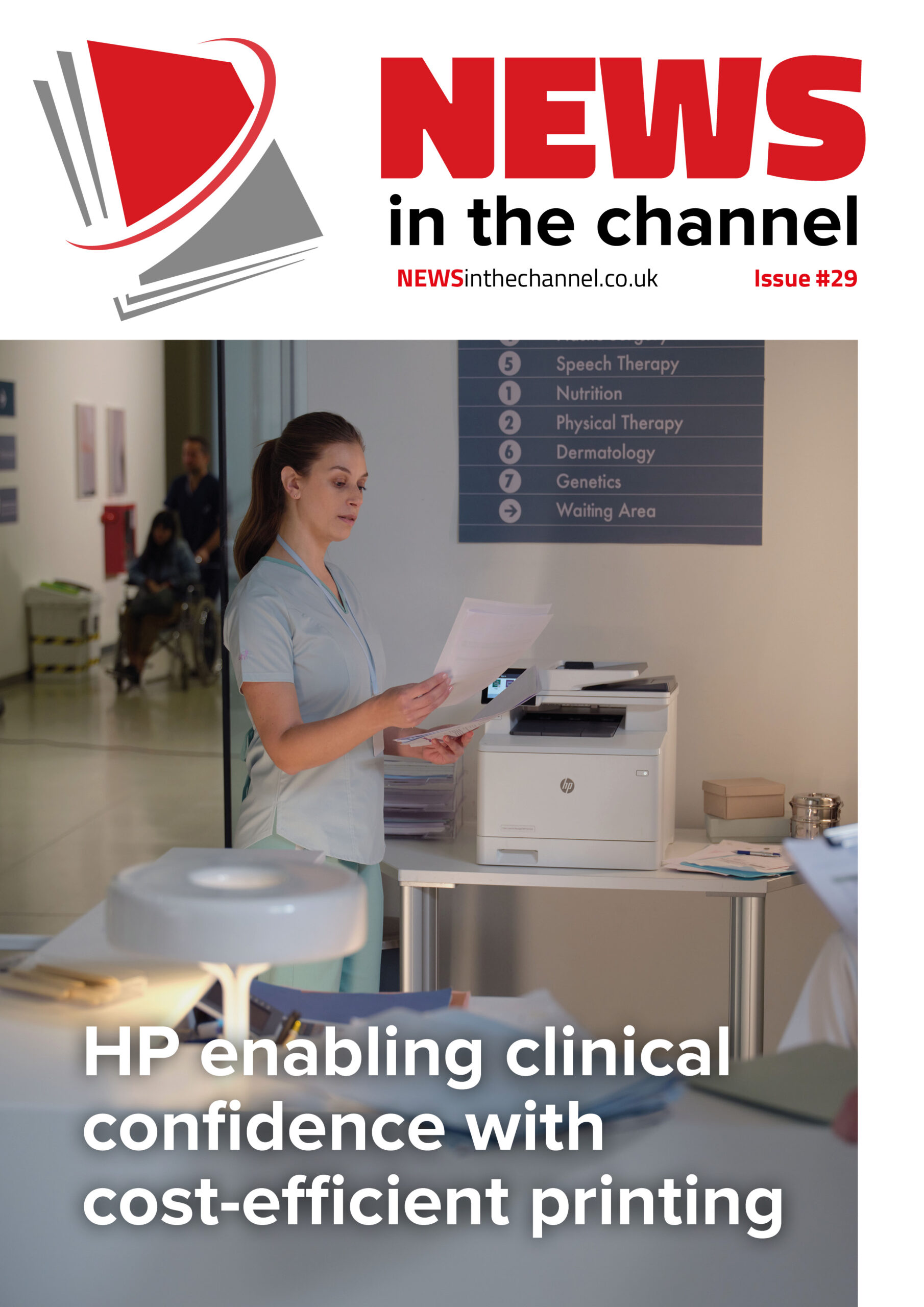New legislation concerning regulation and cyber risk governance has come into effect recently, but research shows that many companies are not prepared for it – and this provides an opportunity for channel partners, as Christina Decker, director of Strategic Channels Europe at Trend Micro, explains.
In the last few months, Europe’s Network and Information Security Directive 2 (NIS2) and the Digital Operational Resilience Act (DORA) have come into effect, opening a new era of regulation, accountability and cyber risk governance. Their arrival couldn’t be timelier. The threat landscape has intensified, with last year alone seeing several high-profile data breaches rooted in one persistent vulnerability: poor visibility and oversight of third-party suppliers.
Yet, despite the urgency, many organisations are already falling behind on the fundamentals. Research shows that just half of companies are fully compliant with NIS2, and more than one in 10 firms claiming DORA readiness aren’t even monitoring their third-party vendors – one of the regulation’s core requirements. The consequences are potentially severe: fines, reputational damage and increased exposure to cyberattacks that increasingly target the weakest link in the supply chain.
Powerful opportunity
For businesses, the challenge is clear. But for the channel, this moment represents a powerful opportunity: to lead, to advise, and to build lasting customer relationships based on trust, resilience and recurring value. This is what we call the experience premium: the advantage channel partners bring by combining technical capability with a deep understanding of regulatory complexity and business risk.
Unlike point-solution vendors, channel partners are already embedded in their customers’ ecosystems. They know the infrastructure, workflows and security gaps. That places them in a unique position to guide clients through the journey toward NIS2 and DORA compliance – not just in meeting deadlines, but in building sustainable strategies that evolve with changing threats and regulatory expectations. It’s not just about helping customers buy security tools. It’s about helping them operationalise security.
NIS2 and DORA place strong emphasis on supply chain risk management, incident reporting and continuous monitoring. These aren’t one-off exercises – they require ongoing visibility and governance across increasingly complex digital ecosystems. That’s why understanding and managing an organisation’s attack surface is becoming critical to achieving and maintaining compliance.
Cyber exposure extends beyond the boundaries of a company’s internal systems. It includes every digital and physical asset, as well as third-party services and vendors, each representing a potential entry point for attackers. Without clear insight into this expanding landscape, it’s impossible to assess risk effectively or take timely action to reduce it.
For channel partners, helping customers map and monitor their attack surface presents a valuable service opportunity. They can provide tailored risk assessments, offer expert guidance on mitigation strategies, and support continuous oversight – all essential for businesses, especially SMBs, that may lack in-house capabilities to tackle evolving regulatory demands like NIS2 and DORA.
Ultimately, attack surface visibility doesn’t just support compliance, it’s a foundation for building stronger cyber resilience and a more proactive, risk-aware approach to security.
Visibility and insights
Today’s organisations don’t need more security tools – they need centralised visibility and actionable insights across their hybrid environments. A platform-based cyber risk exposure management (CREM) solution brings this all together, integrating attack surface monitoring with real-time threat intelligence, automated incident response and risk quantification.
For customers, this means greater clarity and control. For channel partners, it opens the door to managed services like outsourced security operations centres, managed detection and response, or co-managed extended detection and response. Even if a partner lacks the in-house scale to operate 24/7 monitoring, they can still deliver these offerings through vendor collaboration, maintaining the customer relationship while accessing deep technical expertise on demand.
Crucially, a CREM platform makes it easier for businesses to meet regulatory obligations, such as the need for continuous risk monitoring, prompt incident detection and reporting within strict timelines. With dashboards that quantify risk and map it to regulatory requirements, channel partners can help customers translate complex compliance language into clear operational action.
This combination of visibility, control and advisory support is what gives the channel a durable edge in a crowded market. By focusing on outcomes – resilience, compliance and business continuity – partners can shift the conversation from selling security products to delivering peace of mind. It’s a more strategic, more sustainable model. And it couldn’t come at a better time.
NIS2 and DORA are just the beginning. More regulations are coming, and enforcement will only become more rigorous. Businesses that treat compliance as a one-time scramble will continue to fall behind. But those who work with experienced, well-informed channel partners can build long-term strategies that turn compliance into competitive advantage.
For partners, this is the moment to lean in – to position themselves not just as providers, but as protectors. With the right mix of experience, technology and foresight, the channel can defuse the ticking time bomb of compliance risk – and help customers thrive in a world where cyber resilience is no longer optional.











